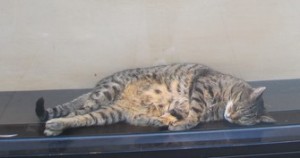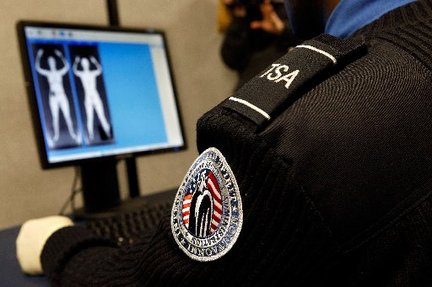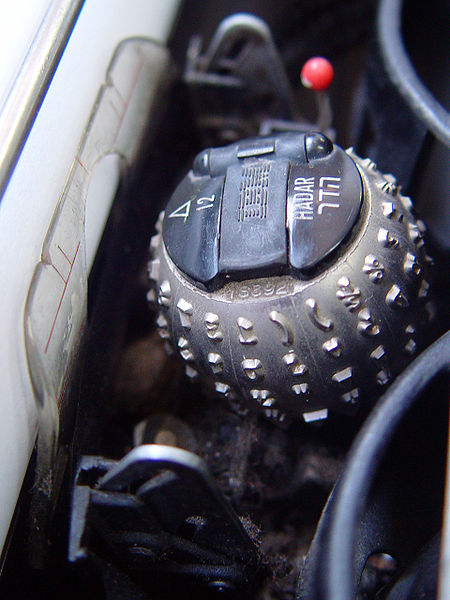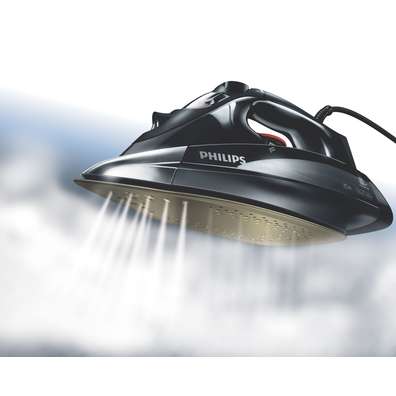Shut the Front Door!
“We need to find God, and he cannot be found in noise and restlessness. God is the friend of silence. See how nature – trees, flowers, grass – grows in silence; see the stars, the moon and the sun, how they move in silence… We need silence to be able to touch souls.”
– Mother Teresa
Today, on what would have been Mother Teresa’s 100th birthday, I’m reflecting on silence and her quote. This summer has been a hot one. On a stifling day such as this one, I switched on my window air conditioner, and my electronics-laden office protested the extra electricity drain by tripping a circuit breaker. Everything in the office crashed in an instant. Computers, external drives, printers, fax machine, phones, lights. All dead. It was suddenly dark and so quiet…and wonderful. Sure, it was frustrating because I just lost the latest changes to a document I was working on, but after I stopped muttering obscenities about the inconvenience, I started to appreciate the noiselessness.
 I could hear my breathing and my heart beat. I suddenly had a moment to think clearly. I could focus without being bombarded with the telephone ringing, the computer hard-drives whirring, and iTunes blasting. It was like a little gift. Okay, without the air conditioner, it was also hot as blazes, but somehow the quiet made it feel cooler (or possibly it was just that all the heat-producing machinery was turned off).
I could hear my breathing and my heart beat. I suddenly had a moment to think clearly. I could focus without being bombarded with the telephone ringing, the computer hard-drives whirring, and iTunes blasting. It was like a little gift. Okay, without the air conditioner, it was also hot as blazes, but somehow the quiet made it feel cooler (or possibly it was just that all the heat-producing machinery was turned off).
Maybe there’s a reason why some religious orders take vows of silence, and librarians “shush” us. Silence is really just external silence — because when it’s quiet on the outside, that’s when our minds can speak up and do their best, undistracted thinking. Studies have suggested that devoting 10 minutes of your day to silence can help reduce stress levels and increase positive energy. Others have gone so far as to say it can strengthen your immune system.
My teenagers live in a world of constant audio-visual assault… iPods, texting, computer chats… and all of these devices come with various alert sounds. And if that’s not enough, the kids create their own ringtones for their phones. My daughter can’t seem to fall asleep without listening to music. Perhaps it’s a teen thing. In my youth, I remember making cassette tapes (yes, kids… cassette tapes) of my favorite songs to listen to when I went to bed. Now, years later, I prefer to throw a pillow over my head, desperately seeking out the darkest, most quiet state I can achieve in order to drift off. It could be that one has to live through those years of overstimulation to truly appreciate the phrase “peace and quiet.”
Sometimes when we are silent, it gives us an opportunity to listen more carefully and closely. The Greek philosopher Epictetus said, “We have two ears and one mouth so that we can listen twice as much as we speak.” Of course, he lived his life as a slave, so I’m guessing he wasn’t invited to speak all that often anyway…still, his philosophy is a sound one (pardon the pun).
So cherish your right to remain silent, use it to reconnect with your inner self, touch souls, or just escape from the noisy world for a while. And as Depeche Mode suggests, “Enjoy the silence.”














